The world of insect sensory perception remains largely mysterious to us, despite sharing our planet with these tiny creatures for millions of years. While humans rely primarily on ears positioned on either side of our head to detect sound waves, insects have evolved remarkably different systems for sensing their acoustic environment. From detecting potential mates to avoiding predators, sound perception plays a crucial role in insect survival. But the question remains: can bugs actually hear you? The answer is more complex and fascinating than you might expect. Insects don’t “hear” in the way we do—instead, they’ve developed specialized organs throughout their bodies that can detect vibrations, air movements, and pressure changes. Let’s explore the remarkable ways insects perceive sound through their legs, wings, antennae, and other body parts, revealing a sensory world quite different from our own.
The Fundamental Difference Between Human and Insect Hearing
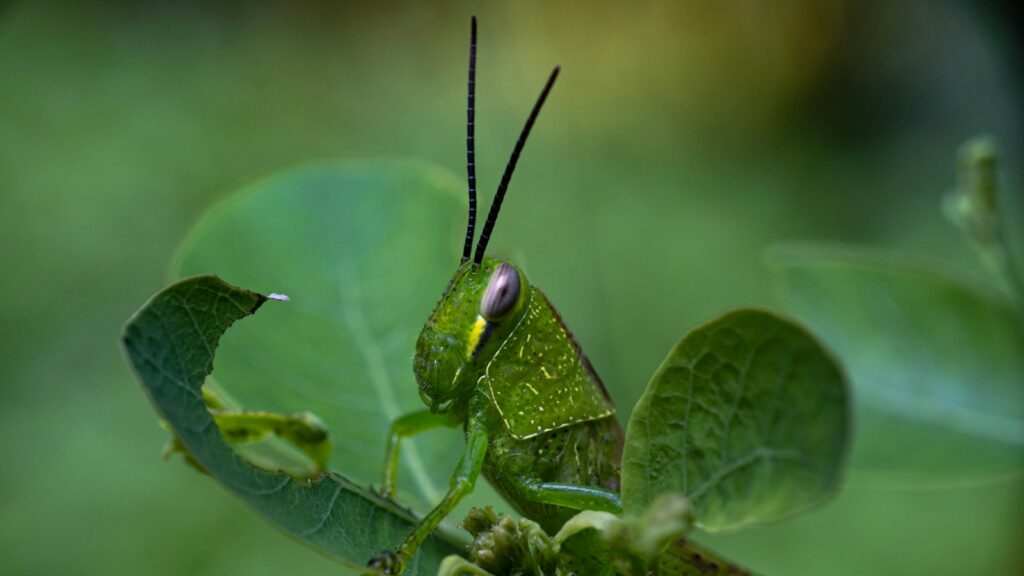
Human hearing relies on our ears, which contain specialized structures that convert sound waves into electrical signals our brain can interpret. In contrast, most insects lack these dedicated ears but possess mechanoreceptors—specialized sensory cells that detect mechanical changes like air movement, vibration, or pressure. These receptors can be located throughout an insect’s body, including on their legs, wings, antennae, and abdomen. When sound waves create vibrations in these structures, the mechanoreceptors translate this mechanical energy into neural signals. This distributed hearing system allows insects to detect sounds without conventional ears, though the range of frequencies they can perceive often differs significantly from human hearing capabilities. Some insects can detect ultrasonic frequencies well beyond our hearing range, while others are specialized for detecting specific sounds relevant to their survival.
Tympanal Organs: Insect “Ears” in Unexpected Places
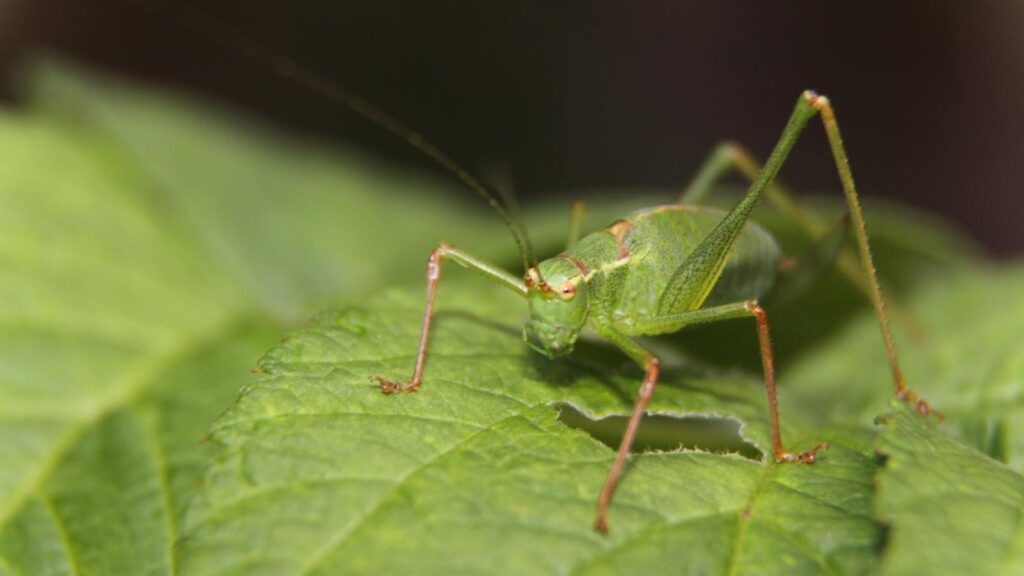
Some insects do possess dedicated hearing organs called tympanal organs, which are the closest equivalent to human ears. These organs consist of a thin membrane (tympanum) that vibrates in response to sound waves, connected to sensory cells that convert these vibrations to neural signals. Unlike human ears, tympanal organs can be found in surprising locations—moths and butterflies often have them on their wings or thorax, while grasshoppers and crickets have them on their front legs or abdomen. The location of these organs varies widely across insect species, demonstrating the evolutionary diversity of insect hearing. Perhaps most remarkably, these tympanal organs can be incredibly sensitive, allowing some moths to detect the ultrasonic calls of predatory bats from significant distances, giving them time to execute evasive maneuvers. The structure and placement of tympanal organs are often specifically adapted to detect sounds most relevant to that particular species’ survival needs.
Hearing Through Legs: The Cricket’s Remarkable Adaptation
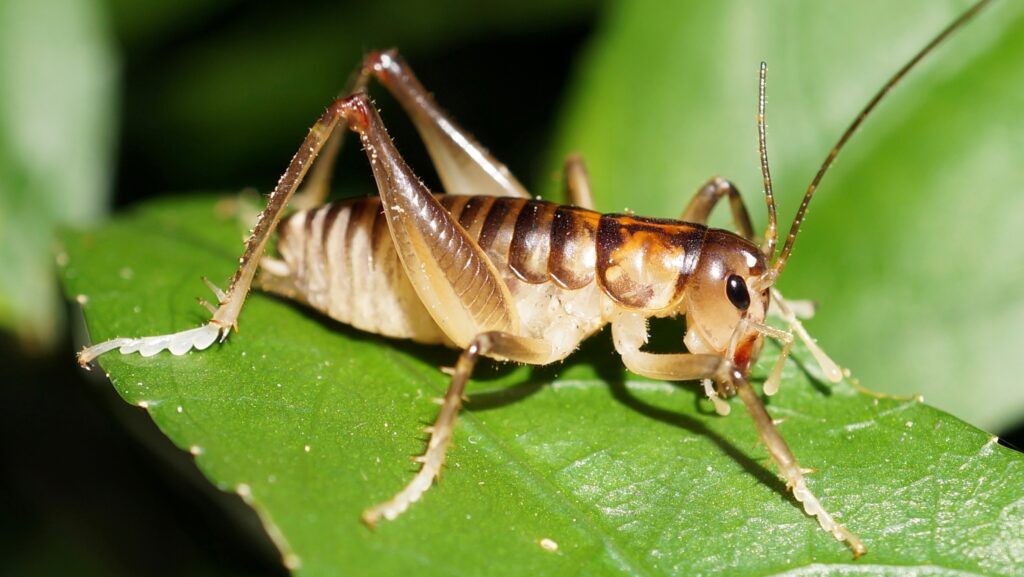
Crickets represent one of the most fascinating examples of insect hearing, with their tympanal organs located on their front legs. These specialized organs consist of a tympanic membrane stretched across a small air-filled chamber in the tibia (shin) of each front leg. Sound waves cause these membranes to vibrate, stimulating sensory cells connected to the cricket’s nervous system. This unique leg-based hearing allows crickets to detect the chirping sounds produced by other crickets, which is essential for mate location and territorial communication. The cricket’s hearing system is so sensitive that it can determine the direction of sounds with remarkable accuracy, helping males find receptive females through their response chirps. Additionally, this specialized hearing helps crickets detect approaching predators, giving them a crucial survival advantage in their natural environment.
Wing-Based Hearing in Moths: A Defense Against Predators
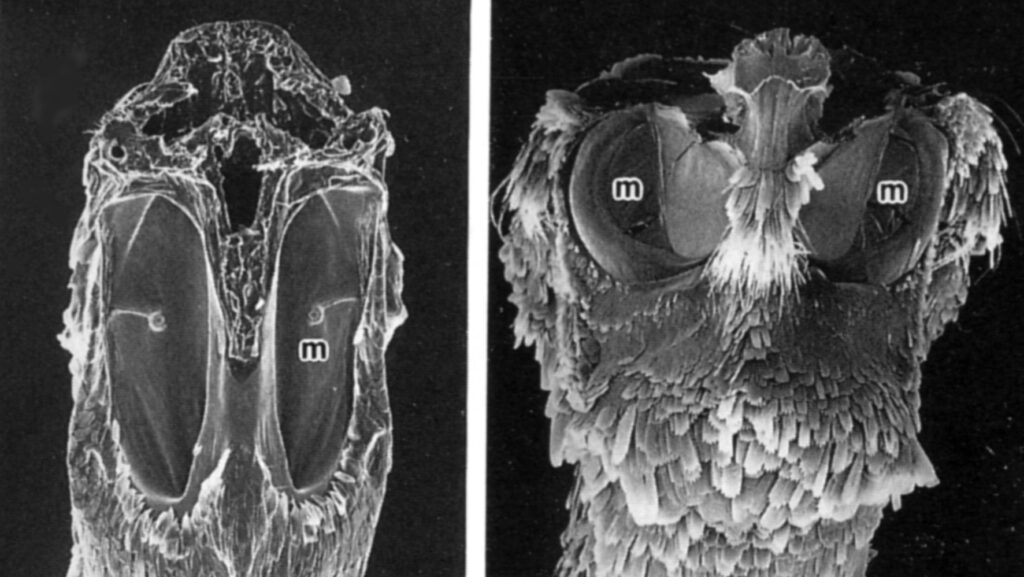
Moths have evolved one of the most specialized hearing systems in the insect world, primarily as a defense mechanism against their primary predators: bats. Many moth species possess tympanal organs located at the base of their wings or on their thorax, specifically tuned to detect the ultrasonic echolocation calls that bats use to locate prey. When a moth detects these high-frequency sounds, it can trigger immediate evasive maneuvers—diving, spiraling, or even folding its wings and dropping from the air to avoid capture. This adaptation represents an evolutionary arms race between bats and moths that has spanned millions of years. Some moth species have developed hearing sensitive enough to detect bats from up to 100 feet away, giving them precious extra seconds to escape. Interestingly, certain moth species have even evolved the ability to produce their own ultrasonic clicks that may jam bat sonar or warn the predator that the moth tastes unpleasant.
Antennae: Multipurpose Sensory Organs for Sound Detection

Insect antennae serve as remarkable multifunctional sensory organs, and for many species, they play a crucial role in detecting sound. Mosquitoes provide an excellent example of antennal hearing—male mosquitoes have specialized feathery antennae that vibrate in response to the distinctive wing-beat frequency of female mosquitoes. This adaptation allows males to locate potential mates with remarkable precision, even in complete darkness. The antennae of many other insects contain specialized mechanoreceptors called Johnston’s organs, which can detect air particles vibrating from sound waves. These organs consist of thousands of sensory cells that respond to the movement of the antenna, effectively translating air vibrations into neural signals. Some insect species can even use their antennae to detect the particle velocity component of sound, giving them directional hearing capabilities without the need for two separate ears like humans have.
The Remarkable Case of the Fly’s Antenna-Based Hearing
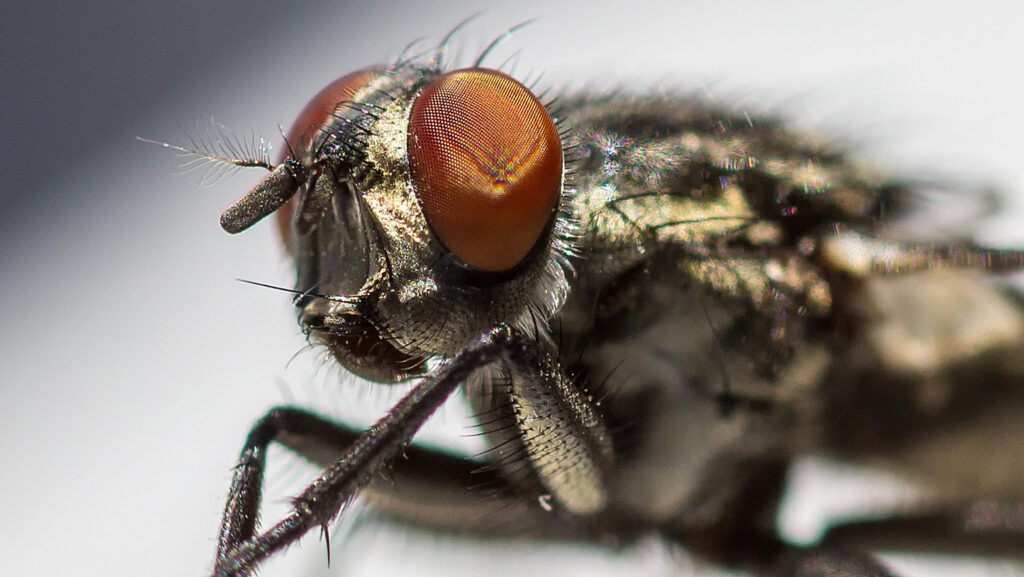
Flies possess one of the most unusual hearing mechanisms in the insect world, centered on a specialized structure called the arista—a feathery extension on their antennae. When sound waves hit this structure, it causes the arista to rotate slightly, activating sensory neurons in the base of the antenna known as Johnston’s organ. This system is remarkably sensitive, allowing flies to detect not only the wingbeats of potential mates but also approaching predators or swatting hands. What makes the fly’s hearing system particularly impressive is its speed—they can process auditory information in less than a millisecond, allowing for extremely rapid responses to threats. This quick processing partly explains why flies are so difficult to catch; they can detect the sound and air displacement of an approaching hand and initiate escape maneuvers before we’ve completed our swatting motion. Some fly species can even determine the direction of sounds, helping them locate mates or avoid dangers with surprising accuracy.
Caterpillars and Silk Moths: Hearing Without Ears
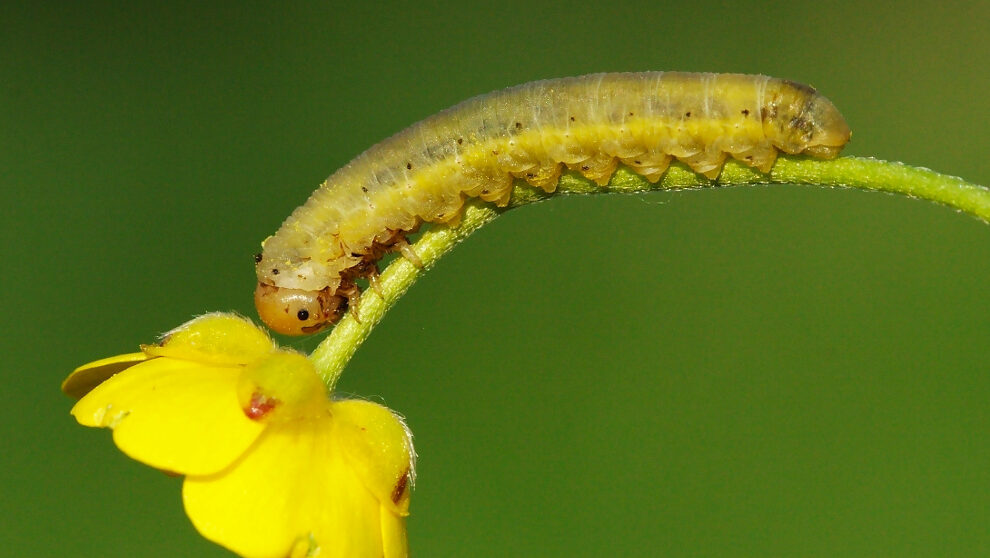
Even insects without obvious hearing structures can detect sounds through their bodies in surprising ways. Caterpillars lack specialized hearing organs, yet research has shown they can still respond to sound vibrations through sensory hairs covering their bodies. These hairs act as mechanoreceptors, bending slightly in response to sound waves and triggering neural responses. Silk moths demonstrate another fascinating variation—they can “hear” with their wings even before they have fully expanded after emerging from their cocoons. The thin membrane of their wings contains sensory cells that can detect air vibrations, allowing newly emerged moths to perceive potential threats. This sensory capability is particularly important during the vulnerable period when the moth’s wings are still drying and hardening. Some caterpillar species have even been observed responding to the wing beats of approaching parasitic wasps, demonstrating that even seemingly “deaf” insects may have sophisticated mechanisms for sound perception.
Aquatic Insects: Underwater Sound Perception
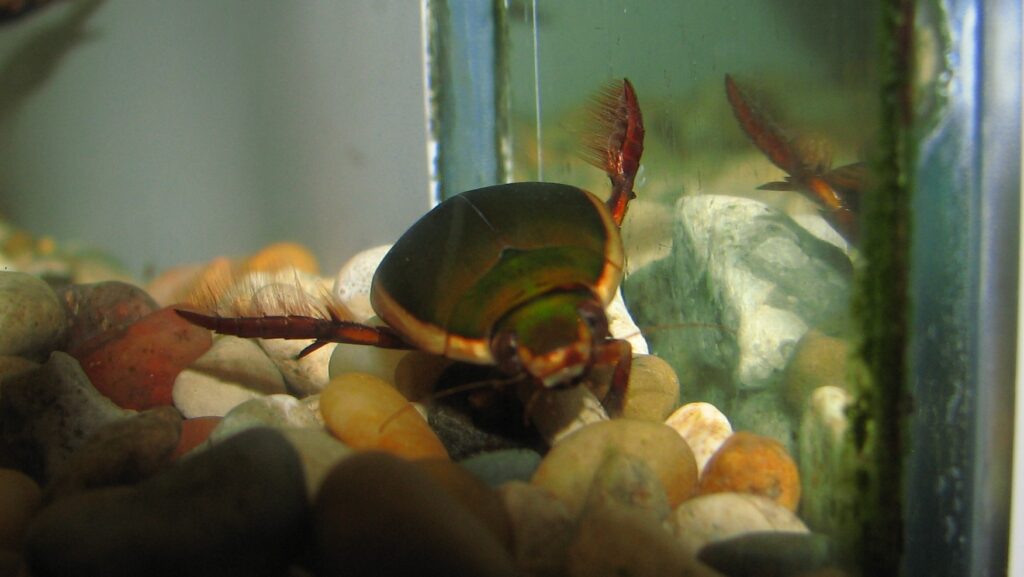
Aquatic insects face unique challenges in sound perception, as sound waves travel differently in water than in air. Many aquatic insects have evolved specialized mechanoreceptors on their bodies that can detect water vibrations created by predators, prey, or potential mates. Water beetles, for instance, possess tiny sensory hairs on their bodies that bend in response to water movement, allowing them to detect approaching fish or other threats. Some aquatic insects use a system similar to lateral lines in fish, with pressure-sensitive organs that can detect minute changes in water pressure caused by sound waves. Backswimmers and water boatmen can even produce sounds underwater by rubbing body parts together, creating signals that can be detected by the mechanoreceptors of potential mates. This underwater sound perception operates on different principles than air-based hearing but serves similarly crucial functions for survival and reproduction in aquatic environments.
The Frequency Range of Insect Hearing: Beyond Human Perception
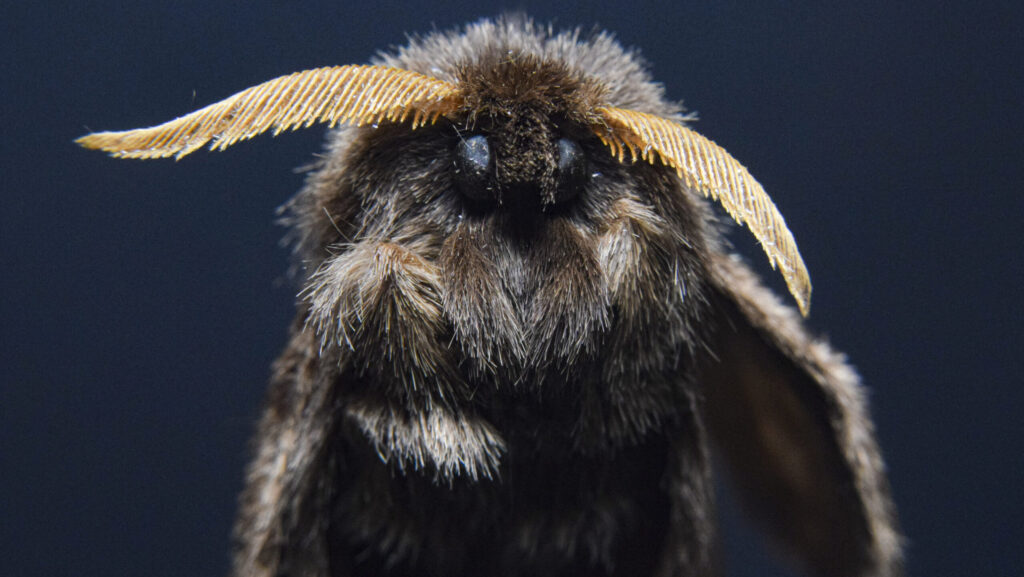
The hearing capabilities of insects often extend far beyond the range of human perception, with many species specializing in detecting ultrasonic frequencies that we cannot hear. Moths, for example, have evolved to hear frequencies between 20-100 kHz, perfectly matching the echolocation calls of their bat predators, which typically range from 20-60 kHz. Some cicada species can detect sounds up to 40 kHz, while certain grasshoppers respond to frequencies as high as 100 kHz. On the lower end of the spectrum, many insects that communicate through substrate vibration can detect extremely low-frequency sounds transmitted through the ground or plants. This wide frequency range allows insects to occupy specialized acoustic niches, with different species evolving to detect and produce sounds within specific frequency bands relevant to their ecological needs. The diversity of frequency sensitivity among insects far exceeds that of vertebrates, reflecting the incredible adaptive radiation of their sensory systems across millions of years of evolution.
Vibrational Communication: Feeling Sound Through Substrates
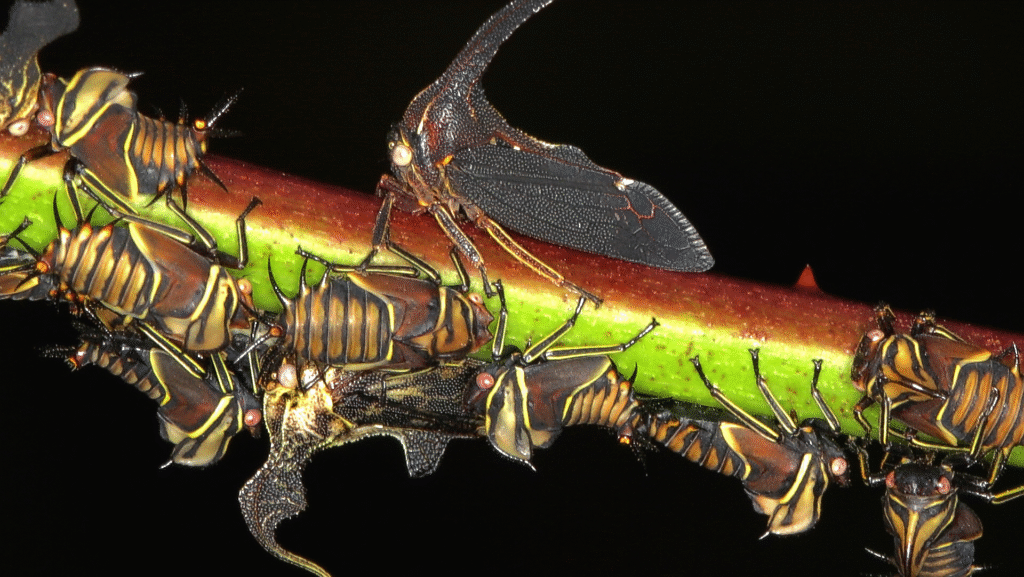
Many insects communicate not through airborne sounds but through vibrations transmitted through plants, soil, or other substrates—a process known as substrate-borne vibrational communication. Treehoppers, leafhoppers, and many other plant-dwelling insects produce specific vibration patterns by tremulating their abdomens or other body parts, sending signals through plant stems to potential mates. These insects detect these vibrations through specialized organs in their legs called subgenual organs, which contain mechanoreceptors exquisitely sensitive to minute movements in the substrate. This form of communication allows insects to “talk” to each other without producing airborne sounds that might attract predators. For many small insects, this vibrational communication represents their primary mode of social interaction and mate finding. Some species have evolved remarkably complex vibrational “songs” with specific patterns that help identify species, gender, and reproductive readiness, creating an entire communication system imperceptible to human ears without special equipment.
So, Can Bugs Actually Hear You?
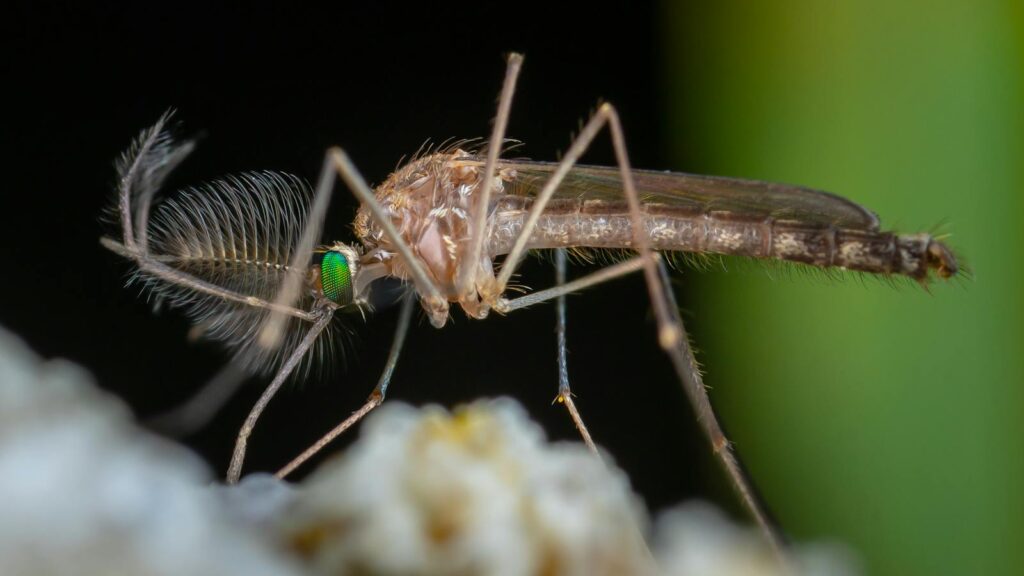
The question of whether insects can “hear” you depends both on the insect species and what you mean by “hearing.” Most insects cannot detect the specific content or meaning of human speech, but many can sense the vibrations or air movements created by human voices or footsteps. Flies, mosquitoes, and moths can detect the air movements created by your approach, while insects with tympanal organs might sense the vibrations created by louder human sounds. Cockroaches, with pressure-sensitive hairs along their cerci (posterior appendages), can detect the air displacement created by sudden movements, explaining why they scatter when you enter a room. However, insect hearing is typically specialized for ecologically relevant sounds—like the wingbeats of predators or the calls of potential mates—rather than for detecting human activity. While they might respond to your presence, they’re not “listening” to your conversations in any meaningful way, but rather detecting the physical disturbances your presence creates in their environment.
The Evolutionary Significance of Diverse Hearing Mechanisms

The remarkable diversity of hearing mechanisms among insects represents one of evolution’s most impressive examples of convergent and divergent adaptation. Different insect lineages have independently evolved sound detection capabilities multiple times, resulting in a wide array of structures and mechanisms serving similar functions. This diversity reflects the various selective pressures insects face—from detecting predators to finding mates or suitable habitats. The placement of hearing organs often correlates with the insect’s lifestyle; for instance, ground-dwelling insects frequently have vibration sensors in their legs, while flying insects tend to develop tympanal organs that can detect airborne sounds. The evolution of these various hearing mechanisms has often occurred in tandem with the evolution of sound production, creating sophisticated communication systems within species. Perhaps most fascinating is how these hearing adaptations have influenced broader ecological relationships, such as the evolutionary arms race between bats and moths, where improvements in bat echolocation have driven corresponding enhancements in moth hearing sensitivity over millions of years.
Research Challenges and Future Directions in Insect Hearing Studies
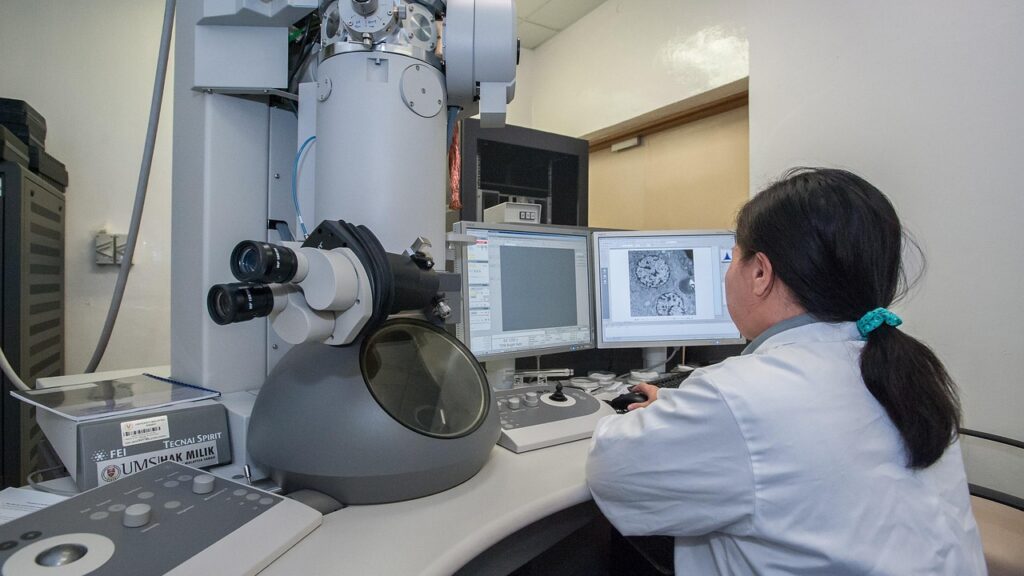
Studying insect hearing presents unique challenges due to the microscopic size of many hearing structures and the difficulty of measuring neural responses to sound in tiny organisms. Recent technological advances, however, have revolutionized this field, with laser vibrometry allowing researchers to measure nanometer-scale vibrations in insect sensory structures and miniaturized neural recording techniques providing insights into how insects process auditory information. Future research directions include better understanding how insect brains integrate information from multiple mechanoreceptors distributed throughout their bodies and mapping the neural pathways that connect sound perception to behavioral responses. There’s also growing interest in biomimetic applications, with engineers drawing inspiration from insect hearing systems to develop miniaturized microphones and acoustic sensors. Additionally, as climate change and habitat loss threaten insect populations worldwide, understanding their sensory ecology becomes increasingly important for conservation efforts. The continued study of insect hearing not only reveals the remarkable diversity of sensory adaptations in nature but may also lead to technological innovations inspired by these ancient and elegant biological solutions.
The world of insect hearing reveals nature’s remarkable ingenuity in solving sensory challenges. From cricket legs to moth wings, butterfly antennae to mosquito feathers, insects demonstrate that evolutionary solutions to sound perception can take countless forms beyond the mammalian ear. While bugs might not hear us in the same way we hear each other, they perceive their acoustic environment through specialized adaptations perfectly suited to their ecological needs. These diverse mechanisms allow insects to detect mates, avoid predators, and navigate their environments with remarkable precision, despite their tiny size and seemingly simple nervous systems. As we continue to study these fascinating adaptations, we gain not only a deeper appreciation for the sensory world of insects but also potential inspiration for new technologies based on nature’s time-tested designs. The next time you speak near an insect, remember that while it may not understand your words, it might still be sensing your presence through remarkable sensory systems millions of years in the making.
